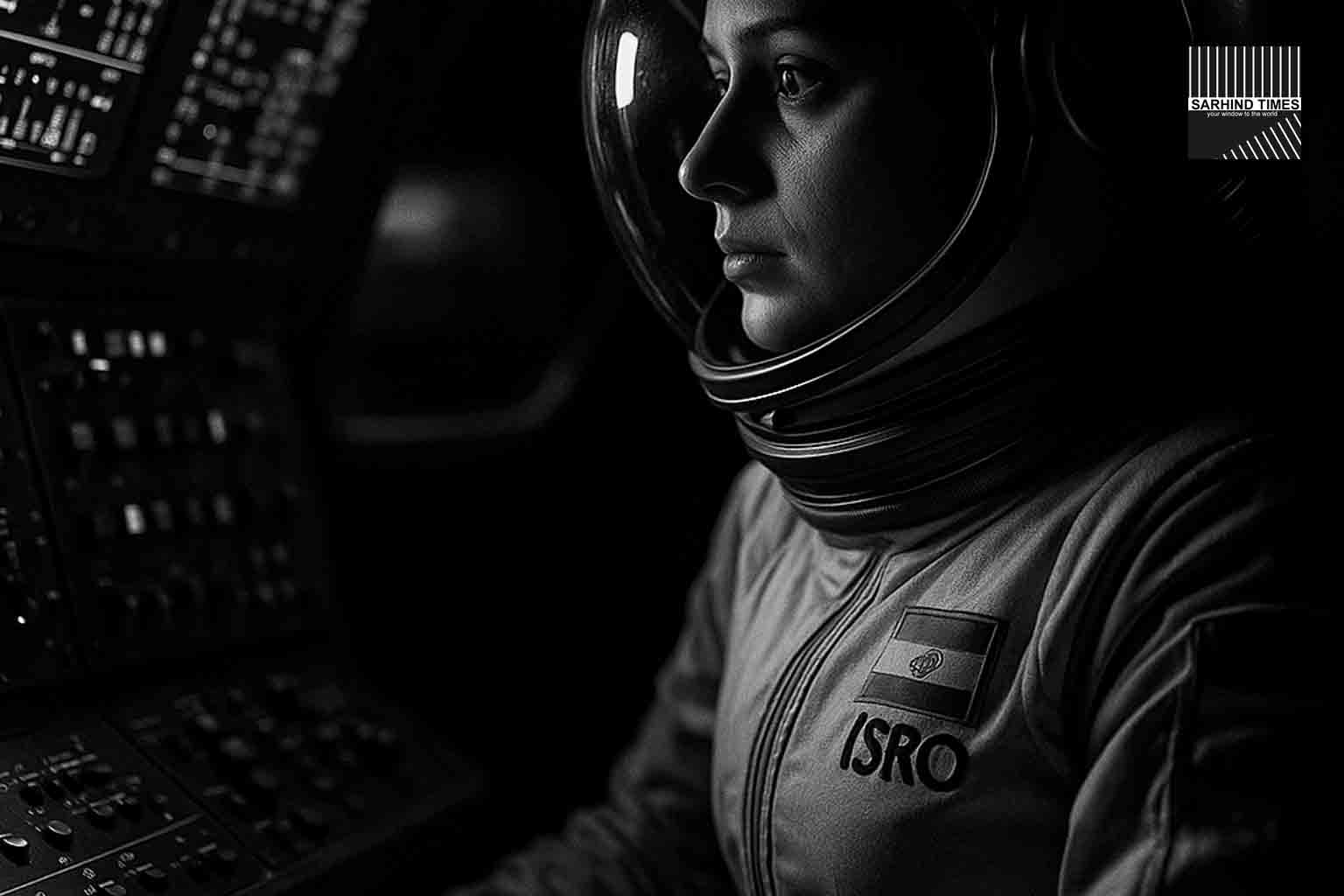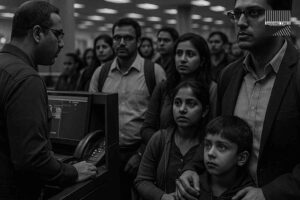21 sep 2025
India is preparing to etch a new chapter in its space journey. The Indian Space Research Organisation (ISRO) has announced that its AI-enabled half-humanoid robot “Vyommitra” will be aboard the upcoming uncrewed Gaganyaan mission in December 2025.
This milestone marks a decisive step toward India’s ambition to join the exclusive human spaceflight club, with the first crewed mission targeted for early 2027. Vyommitra will serve as both a symbolic and functional passenger—validating the spacecraft’s life-support systems, environmental controls, and cockpit interactions before astronauts embark on the same journey.
Who is Vyommitra?
Vyommitra, meaning “friend of space”, is a half-humanoid AI-enabled robot designed to simulate human-like functions inside the Gaganyaan spacecraft.
Capabilities include:
- Relaying real-time sensor data.
- Simulating crew interactions with cockpit displays.
- Performing basic gestures, communication, and monitoring tasks.
- Acting as a testbed for AI-human interfaces in confined, high-risk environments.
Vyommitra is not a mere dummy—it is a smart payload bridging the gap between uncrewed and crewed missions.
The Gaganyaan Program: India’s Human Spaceflight Dream
Launched in 2018, the Gaganyaan program is India’s boldest space exploration initiative to date. Its goals:
- Put Indian astronauts (vyomnauts) into low Earth orbit (~400 km altitude).
- Develop homegrown human-rated spacecraft and launch systems.
- Strengthen India’s strategic autonomy in space exploration.
Progress so far:
- Abort tests successfully completed.
- Pad infrastructure upgrades at Sriharikota.
- Crew training underway with assistance from international partners, including Russia.
Target: First crewed flight by 2027.
Why Vyommitra Matters
The inclusion of Vyommitra is crucial for three reasons:
- Safety Validation: Life-support and cabin systems can be monitored without risking human lives.
- System Redundancy: Complements avionics telemetry by simulating crew actions.
- Public Inspiration: A humanoid presence inspires national pride and global curiosity.
Technical Roles on Board
Vyommitra will:
- Test environmental control systems (oxygen, CO₂, humidity).
- Monitor crew display units.
- Simulate manual override inputs.
- Transmit health-of-the-capsule data to ground stations.
Engineers emphasize that this test is critical to derisking crew survival conditions in orbit.
India’s Place in the Human Spaceflight Club
So far, only a handful of nations—USA, Russia, and China—have achieved independent human spaceflight. With Gaganyaan, India would become the fourth country to do so.
Implications:
- Strategic prestige at the international stage.
- Boost to STEM education and innovation.
- Enhanced role in global space governance and exploration partnerships.
International Collaboration and Learning
India is building Gaganyaan largely indigenously but has collaborated with:
- Russia: Astronaut training programs.
- France (CNES): Space medicine and life-support systems.
- ESA/NASA partnerships: Technology dialogues, not direct program involvement.
This blend of self-reliance and cooperation is shaping India’s human spaceflight approach.
Challenges Ahead
Experts caution that human spaceflight is among the riskiest endeavors in aerospace engineering. Key challenges include:
- Life-support reliability.
- Thermal protection during re-entry.
- Crew escape systems.
- Psychological resilience of astronauts.
The uncrewed mission with Vyommitra is a dress rehearsal, ensuring all systems perform seamlessly.
Broader Significance for India
- National Security: Human spaceflight expands dual-use space capabilities.
- Industry Growth: Spurs private-sector involvement in robotics, AI, materials science.
- Inspiration: Encourages students to pursue careers in STEM.
- Global Leadership: Positions India as a spacefaring nation with end-to-end capability.
Voices from the Community
- ISRO Scientist: “Vyommitra is more than a machine—it is our bridge to crew safety.”
- STEM Student (Bengaluru): “Knowing India will send a humanoid before humans makes me feel part of history.”
- Policy Analyst: “This is a strategic milestone for India’s space diplomacy.”
Looking Ahead
If the December mission is successful, ISRO will move to:
- Second uncrewed test (with more advanced subsystems).
- Final crewed launch in 2027, carrying 2–3 Indian astronauts.
- Potential long-term goal: Indian space station by the 2030s.
Conclusion
The flight of Vyommitra on Gaganyaan is not just a technical milestone—it is a symbol of India’s confidence in combining tradition, innovation, and ambition.
As the half-humanoid prepares to lift off later this year, India is sending a clear signal: the country’s space journey is no longer about catching up—it is about leading and inspiring.
#ISRO #Gaganyaan #Vyommitra #SpaceTech #IndiaInSpace #STEM #HumanSpaceflight #Innovation






















+ There are no comments
Add yours